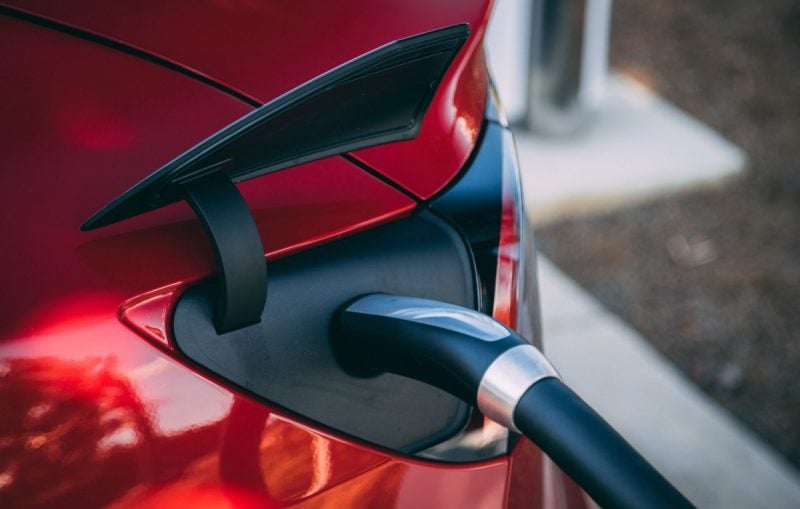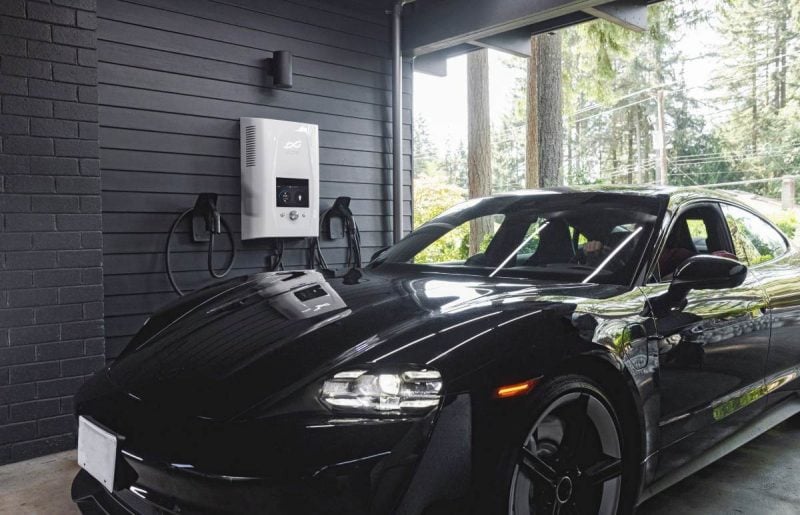Electric Vehicles are known to require far less maintenance than gasoline internal combustion engine (ICE) cars. But when a car is sitting parked for an extended period of time, some components begin to deteriorate. This applies to both EV and ICE vehicles, the best thing you can do for your car’s health is to drive it at least every once in a while.
If you need to park up your electric car for more than a few days, here are a couple of things to consider.
Battery Care
The main high voltage battery of an electric car will slowly drain over time, even if the car is sitting parked. This is often called “phantom drain”, as the car’s electronics are working at their lowest power to maintain components and settings. It is also used to trickle charge the low voltage 12v battery as needed.
Batteries can suffer from earlier capacity degradation if they spend too much time near 0% or 100% state of charge. Therefore, minimizing those conditions can prolong the long term range of the vehicle. Lithium batteries in electric cars (and electronics) are best kept around 50% charge for long term storage.
Tesla’s documentation suggests that about 1% of energy is used every day when the car is parked. (And users report upwards of 7% of energy/day when Sentry dashcam more is enabled) This means that if you’re leaving an EV at an airport parking lot for two weeks while vacationing, expect to return to a ~14% smaller state of charge.
For longer term storage you should ideally park the car near a power outlet (either Level 1 or Level 2), and set a charging limit at 50%, so the car will automatically maintain that level indefinitely. If a power outlet is not available at the parking location, ask someone to check up (and charge) the battery status every month, so that the battery does not get to a dangerously low level.

Tire Care
Parking a car for more than a week or two can have negative consequences on tires. When a car is stationary, the weight is concentrated on four contact patches roughly the size of the palm of your hand. After prolonged sitting, the tires can deform and develop flat spots that may affect balance, handling, and vibration during driving later on. This is especially true for Electric Vehicles, because they are typically heavier than gasoline combustion cars.
Our favorite tire geek and reviewer Jonathan Benson suggests over-inflating tires by 15 psi (but not exceeding maximum allowed tire pressures) when a car is in long term storage. This provides the tires with additional support that can help prevent flat spots. Consider doing this when parking for a month or longer, but be sure to leave yourself a very visible reminder to correctly reset your tire pressures prior to driving again. See Jonathan’s video for a complete set of tire care tips.
Paint Care & Corrosion Prevention
Parking your car in a private indoor garage is preferable in order to shield it from the sun’s UV rays, the rain’s moisture, and extreme daily temperature cycles. You are also more likely to find a plug indoors for battery maintenance.
Exposure to the elements over the long term can dull the paint’s shine, as well as accelerate corrosion of components such as disk brakes and pads. EVs are already at a higher risk of brakes corroding because the mechanical friction brakes are used far less often due to energy regeneration. Avoiding prolonged exposure to damp environments can help reduce corrosion.
Indoor parking in a private garage is not always available for everyone. But even a covered public parking structure is far better than exposure to the bare elements.


